Rio hit its most recent heyday at the beginning of the 20th century. The heyday before that was in the late 1700's early 1800's when the Portuguese Court moved to Brazil and the capital became Rio. What this means is that the architecture is a mix of art deco with rococo and baroque. Rio owes a lot to Napolean, who caused the Portuguese Court to leave Portugal. King Dom João VI spent a small fortune making Rio look European. Luckily he did this with quality materials (a great deal of which he brought over from Europe) so a lot of these buildings are still there. He built (or paid to build) the School of Medicine, the Bank of Brazil, the Law Courts, the Naval Academy, and the Royal Printing Works. He also gets credit for Rio's amazing botanical garden, but I'll talk about that later.
After Dom João VI's mother died in 1816 he became king and since he had already fallen in love with Brazil and couldn't tear himself away, he declared Brazil the capital of the United Kingdom of Portugal, Brazil, and the Algarves. This makes Brazil the only New World colony to have a European monarch ruling from its soil. King Dom João VI was only able to stay for five years, and then he returned to Portugal, leaving his son in charge. His son immediately declared himself king of the Brazilian Empire (using the word "empire" was inaccurate in that Brazil had no overseas colonies, but in fact was the overseas colony, which may say something about young Dom Pedro I's mental stability). And he only last 9 years, when he abdicated and left his five-year-old son in charge. The country suffered a bit until Dom Pedro II turned 14 and started to actually rule. Despite being so young, he was actually a pretty good ruler. Still, monarchies, no matter how good the ruler, are not always appreciated, and he was pushed from power 49 years later (1889). The Brazilian Republic was born.
Coffee brought a new boom to the city of Rio in the early 1900's. The mayor of Rio, Pereira Passos, continued the monarch's plans for a European City, and widened the boulevards in Rio. He also built the tunnel from Botafoga to Copacabana, beginning that beach area's heyday (already discussed here).
So now that you have the history, here are the images. Rose, tour guide extraordinaire, gave me a wonderful tour of the area.
Igreja de Nossa Senhora de Candelaria
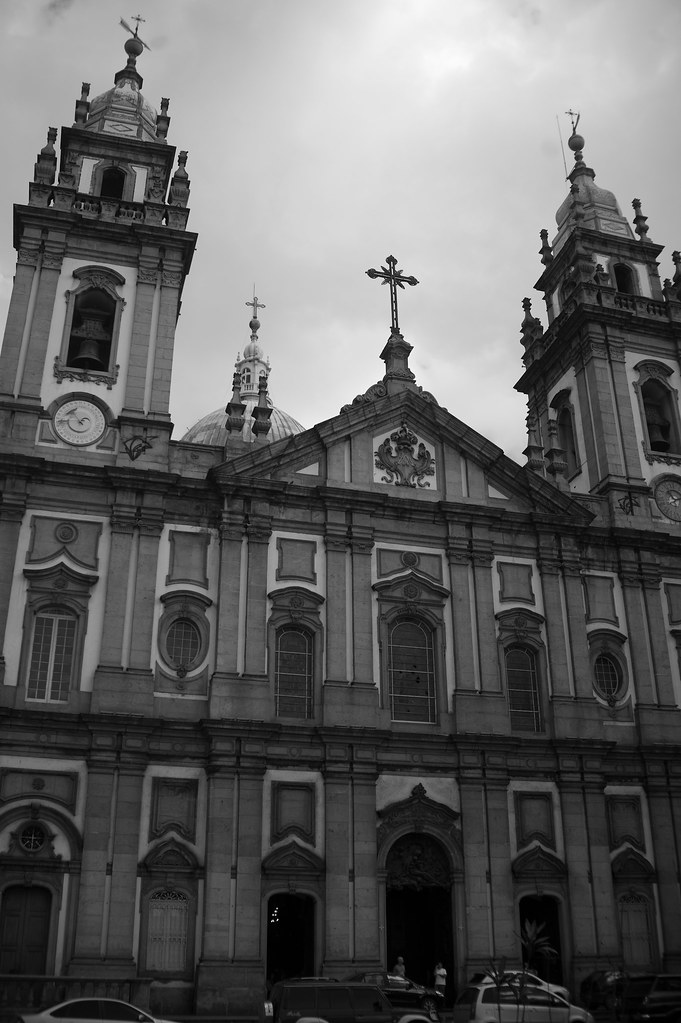
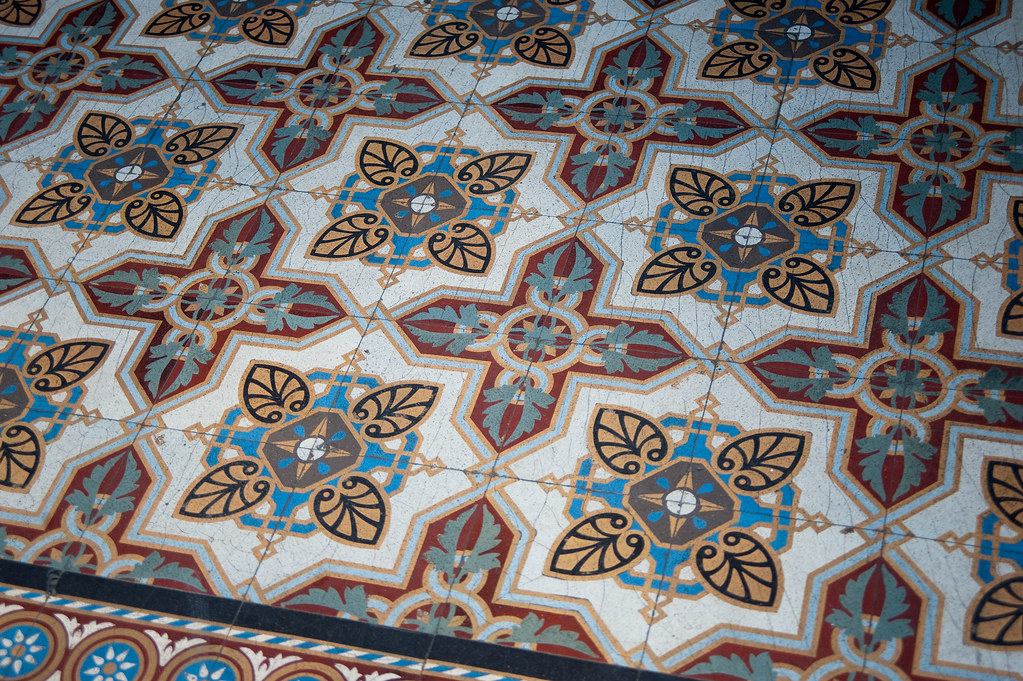
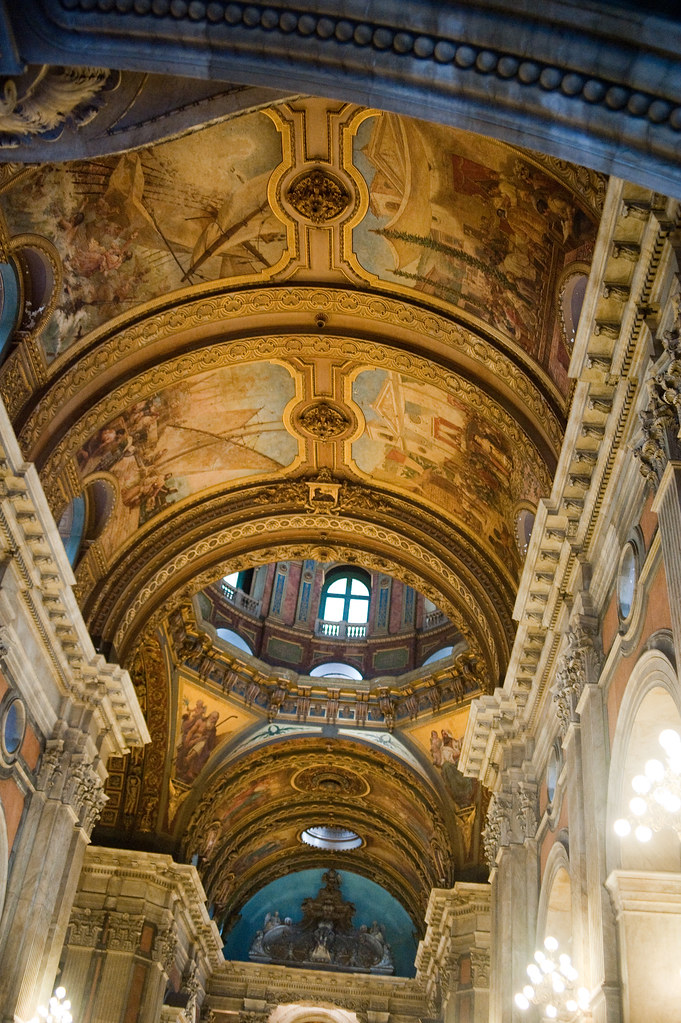
These doors are inside all the old churches in Rio -- only the faithful could pass through them. Now they let anyone through, even a Lutheran.
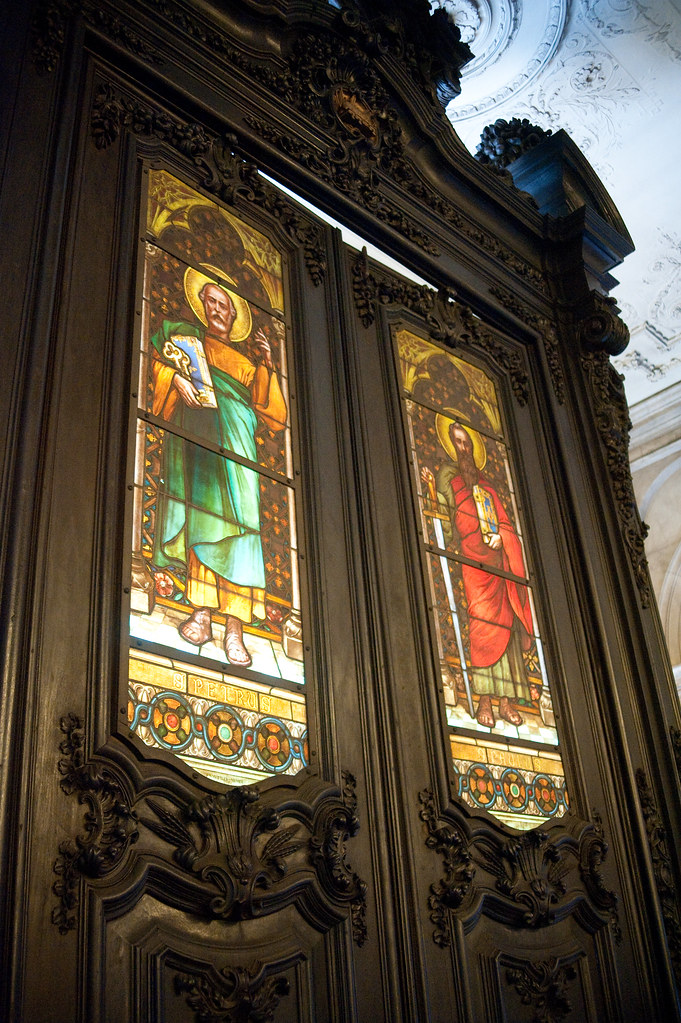
Centro Cultural Banco do Brazil (originally the Bank of Brazil, but now a museum -- a lot of the old Portuguese government/commerce buildings are now museums).

Carmen Miranda's home:
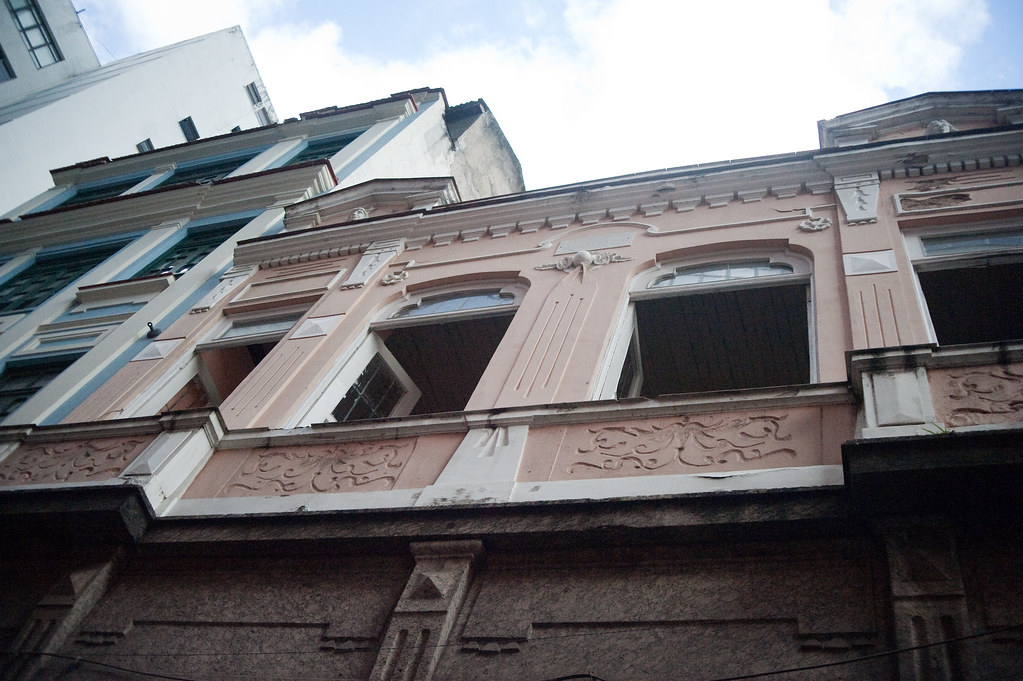
This area was known as the old market area and has now been revitalized to its old use -- cafes.

I found this fascinating...the wealthy owner of this house realized his home would cut people off from moving between the Bay and the market area, so he build a tunnel through his house to allow access. Can you imagine someone doing that today!
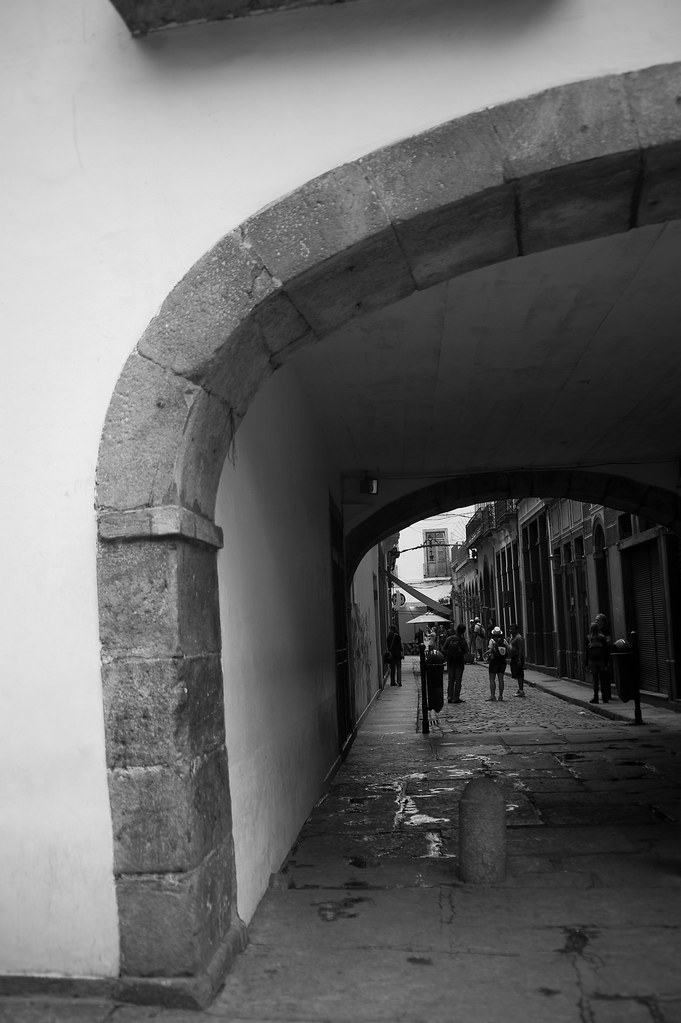
The Bay's water used to come all the way up to this staircase -- this is how people got from their boat to the land. The little building was a fountain providing water to the town's people.
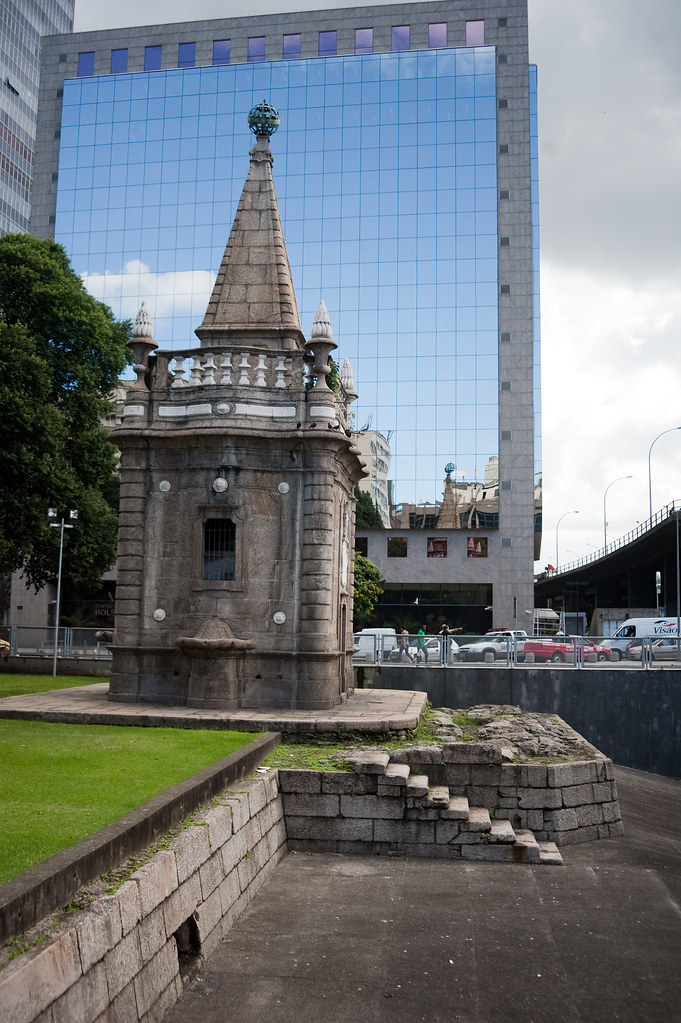
Paco Imperial
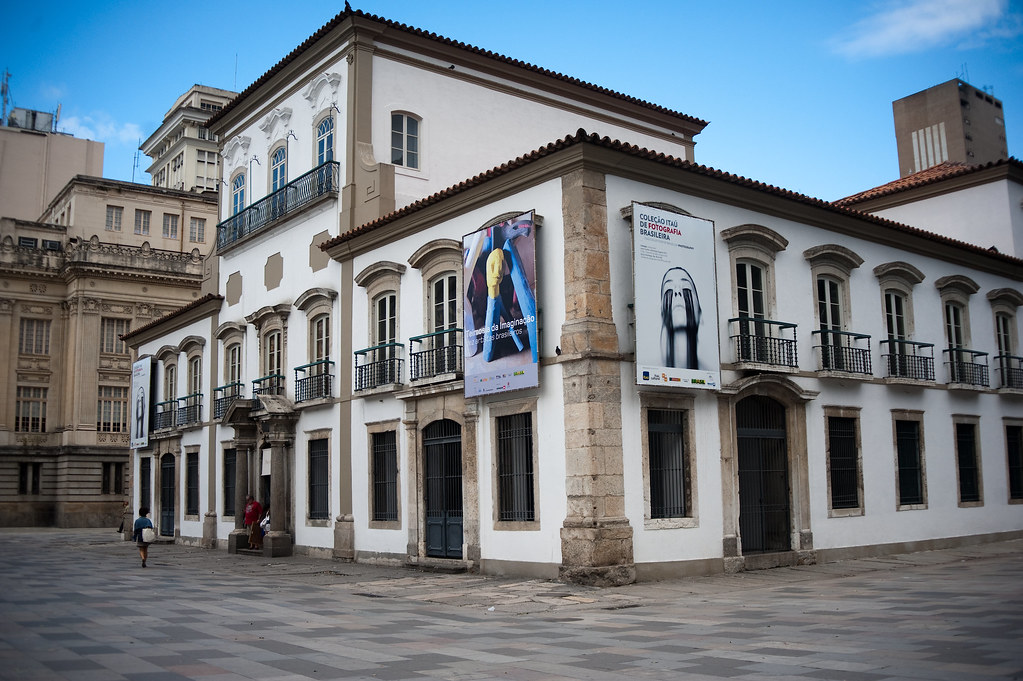
The Royal family's church with a wealthy merchant's church right next door
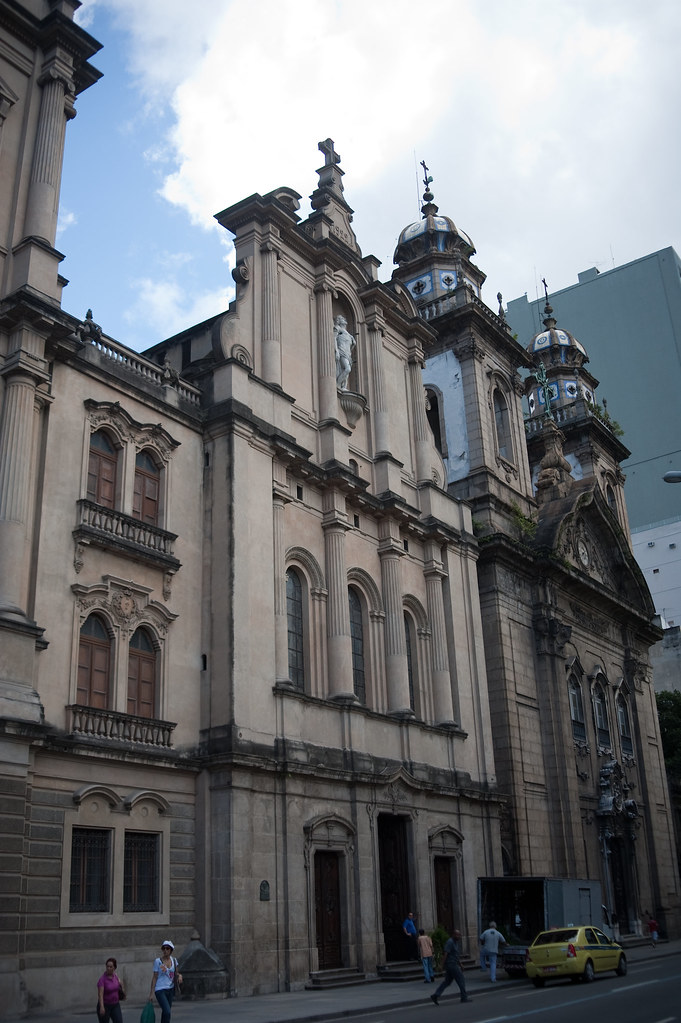
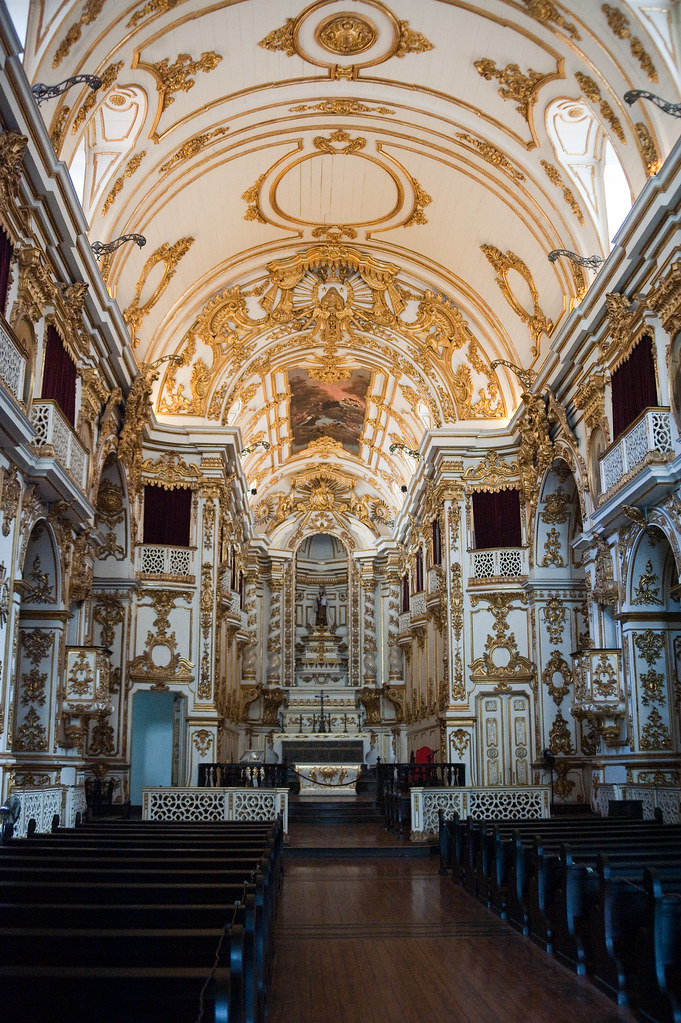
Apparently the inside of this church is insane -- very Baroque, very gold. I didn't get to see because it was closed. Oh well.
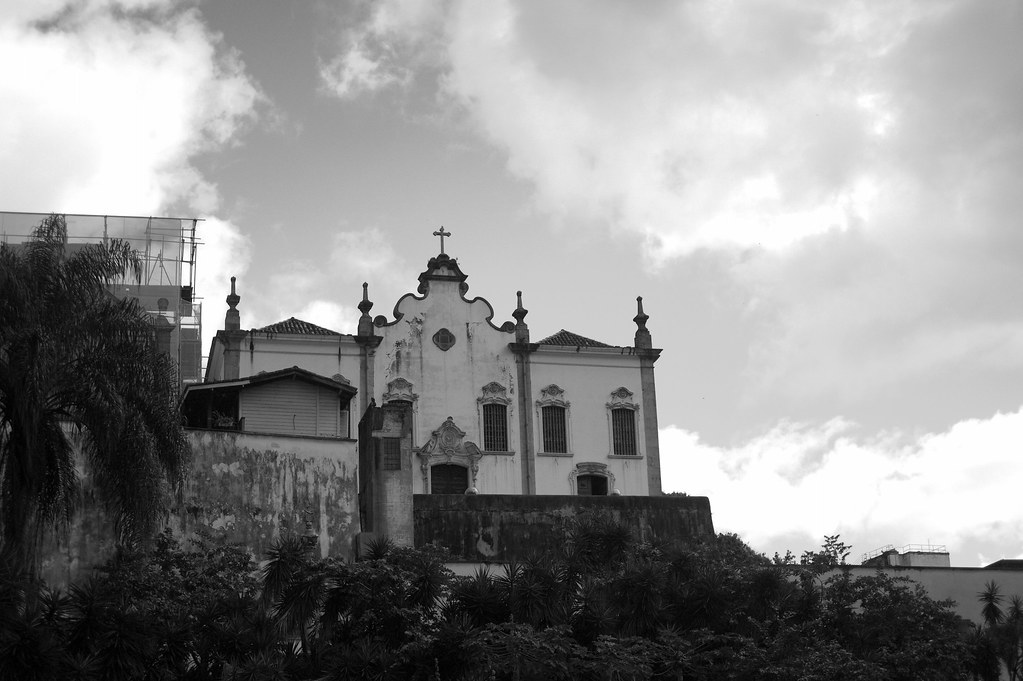
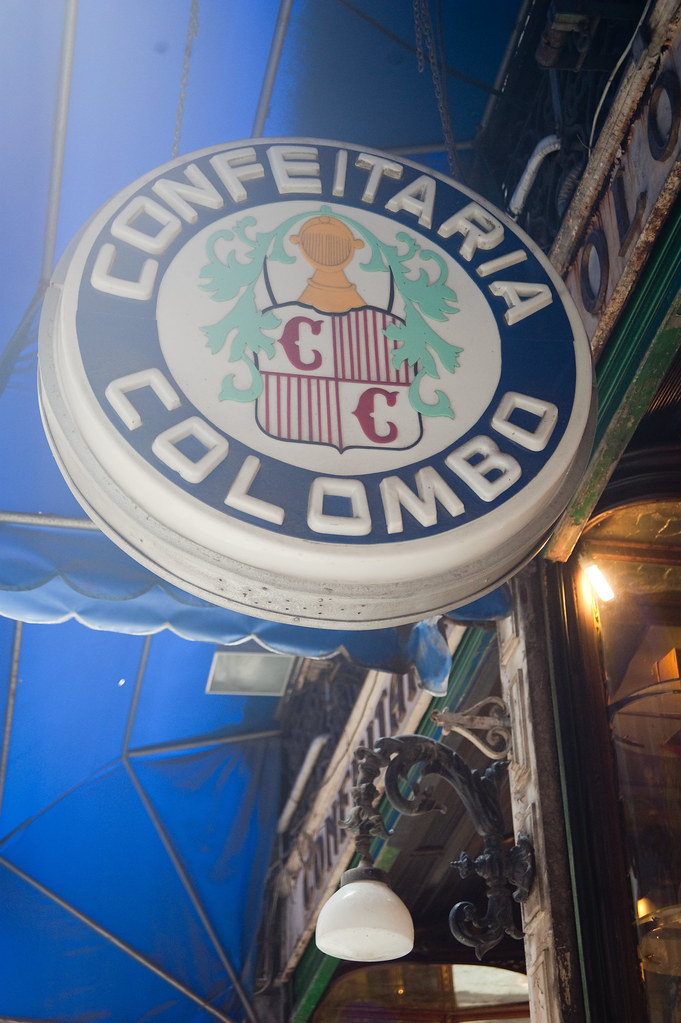
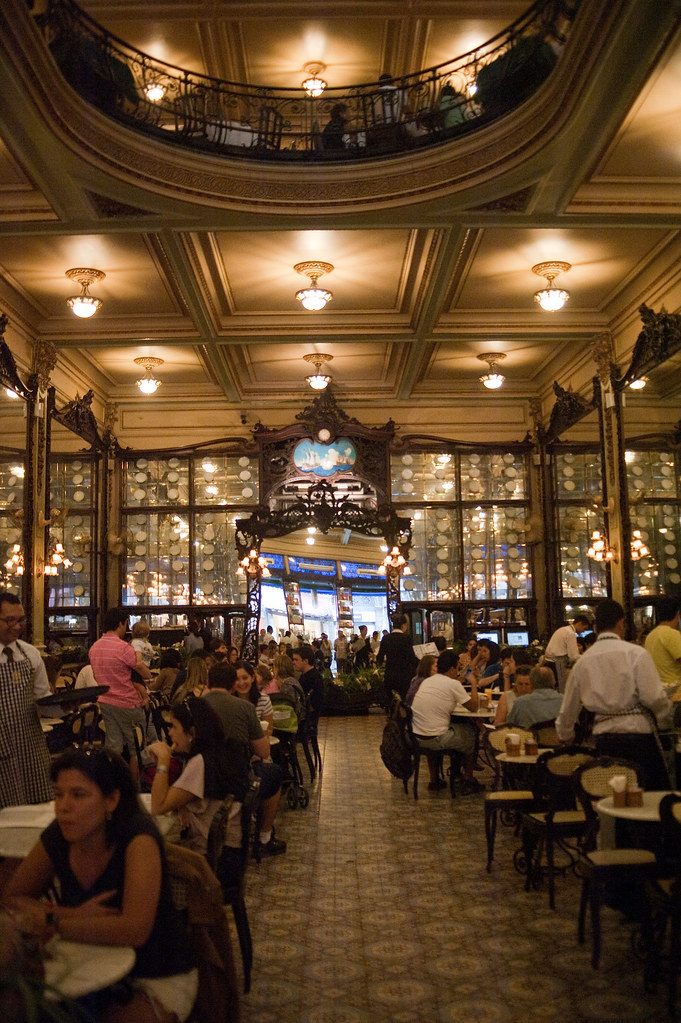
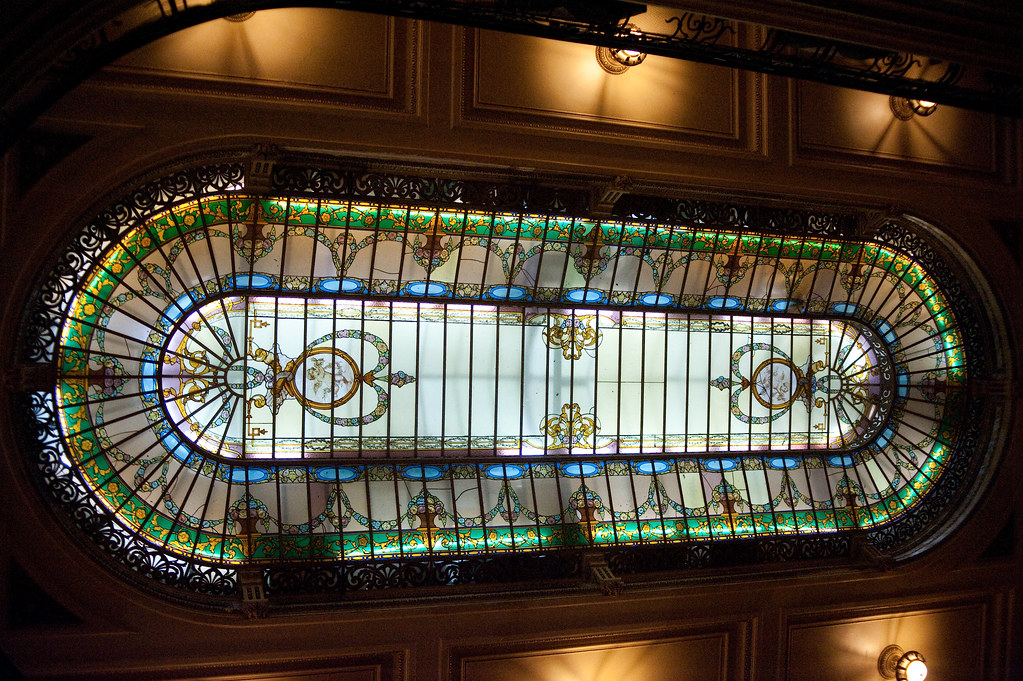
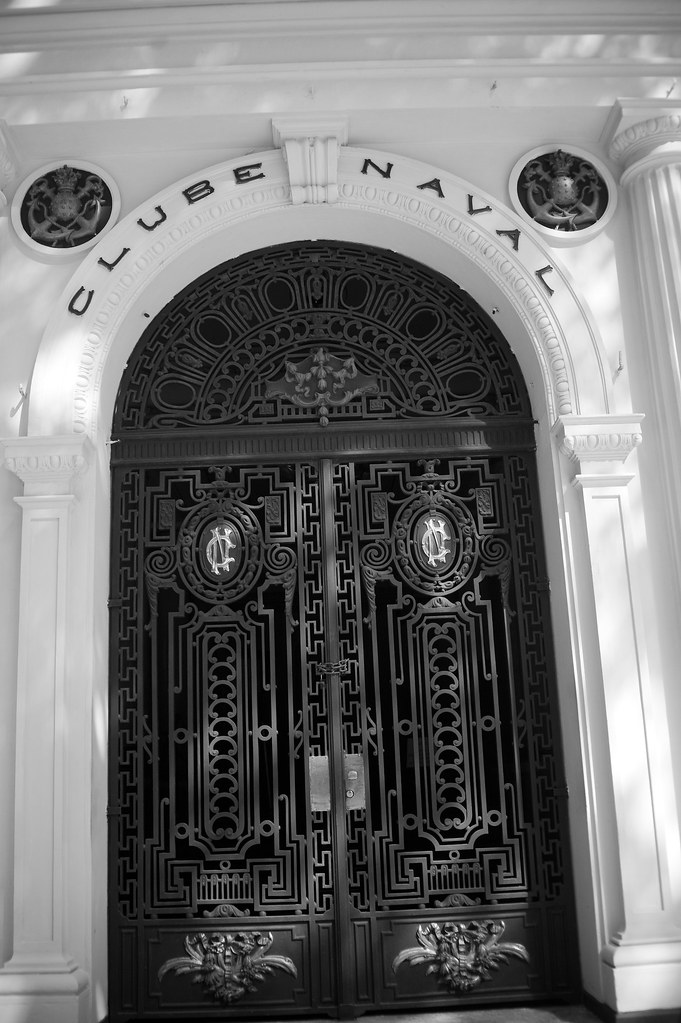
Brazil's Supreme Court (not anymore of course, since the capital is in Brasilia)

Blind justice
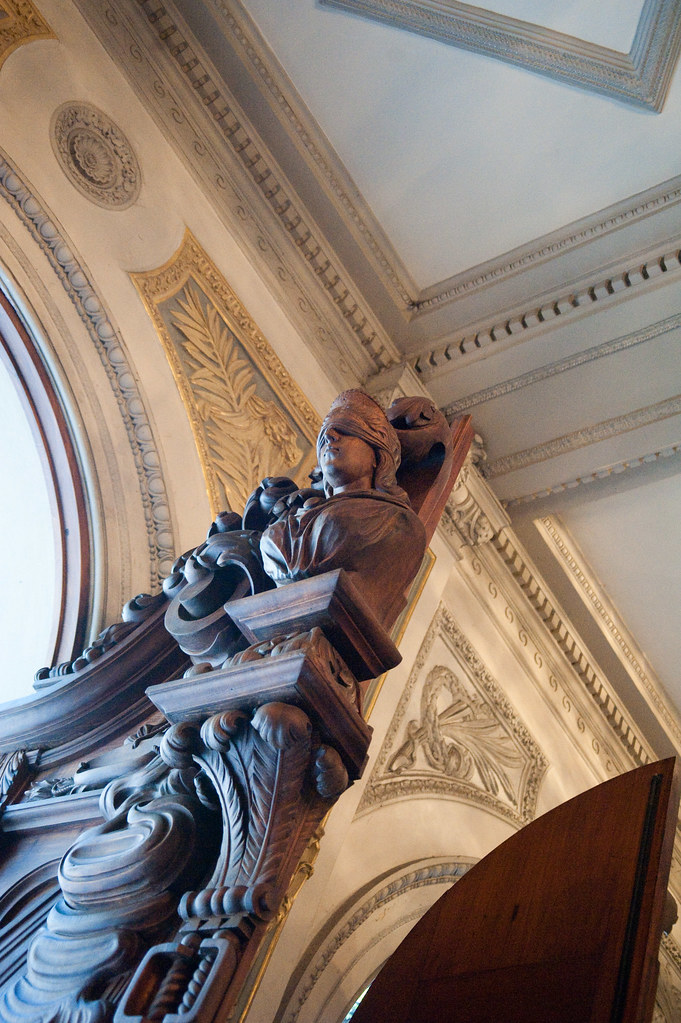
Apparently the most beautiful staircase in Rio (still the Supreme Court building)
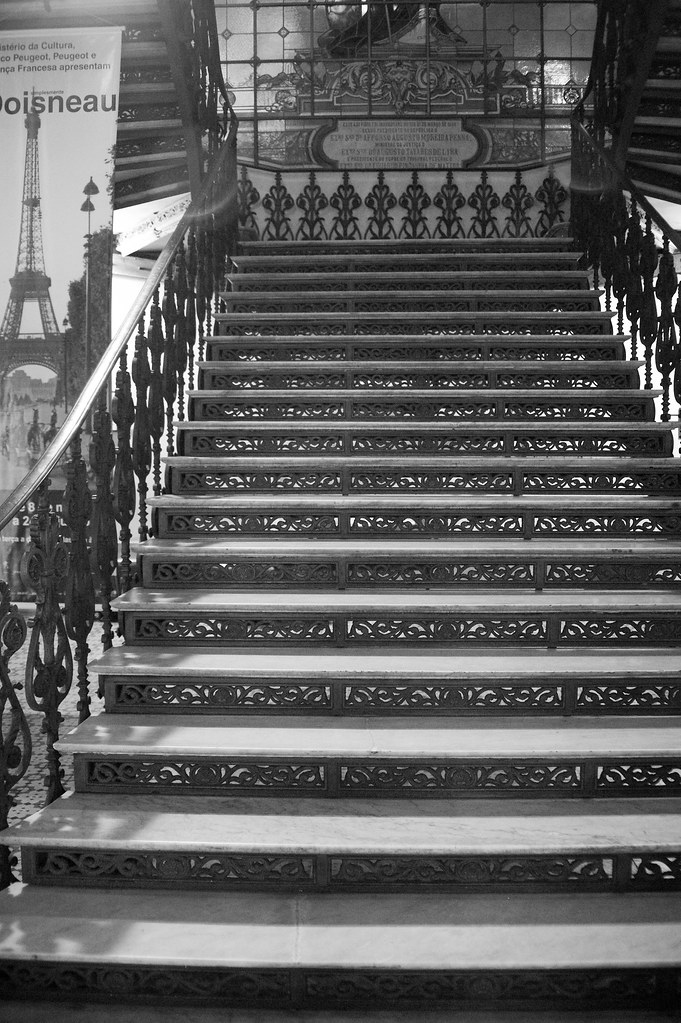
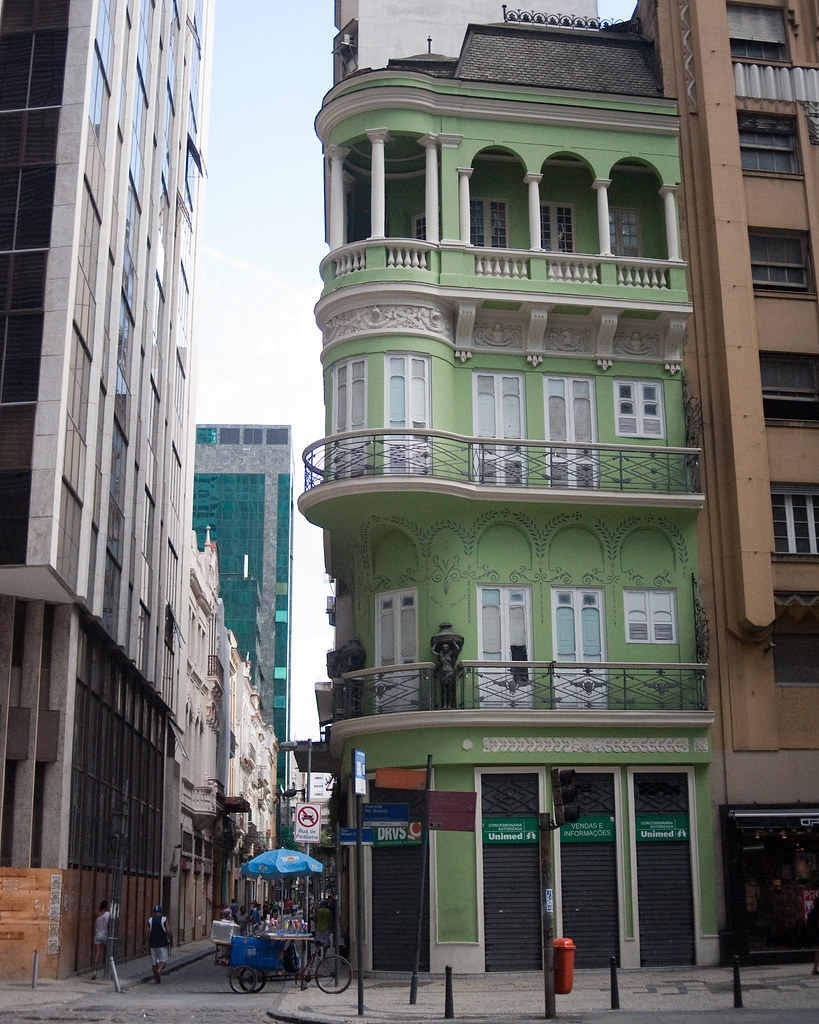
That bricked up window belonged to the queen -- she was a tad insane and was caught running around naked one too many times.
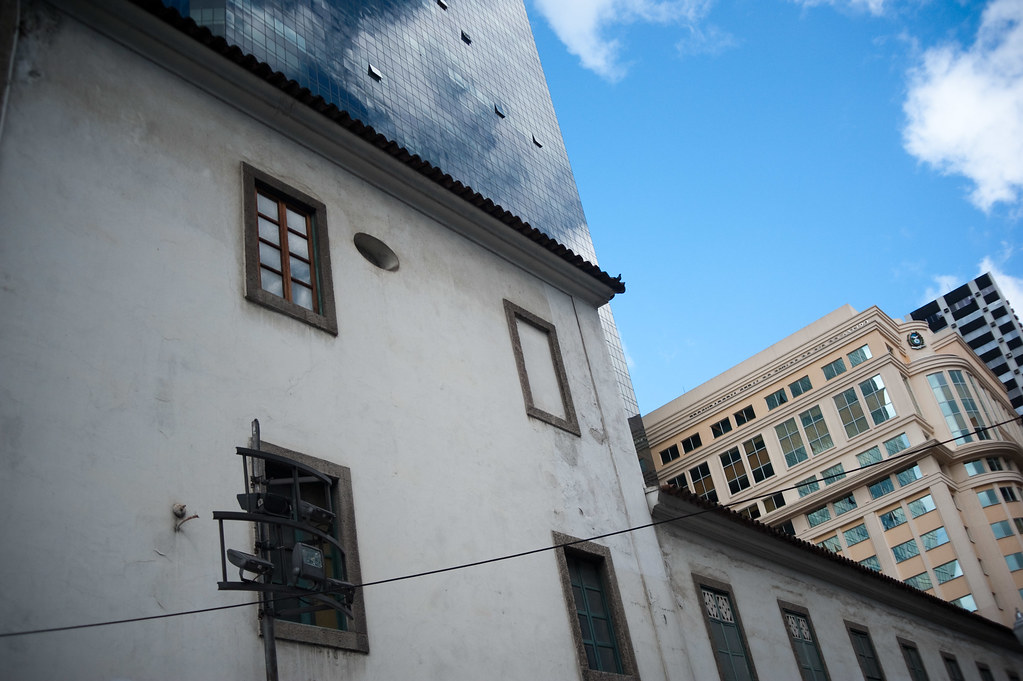
Teatra Municipal

After Dom João VI's mother died in 1816 he became king and since he had already fallen in love with Brazil and couldn't tear himself away, he declared Brazil the capital of the United Kingdom of Portugal, Brazil, and the Algarves. This makes Brazil the only New World colony to have a European monarch ruling from its soil. King Dom João VI was only able to stay for five years, and then he returned to Portugal, leaving his son in charge. His son immediately declared himself king of the Brazilian Empire (using the word "empire" was inaccurate in that Brazil had no overseas colonies, but in fact was the overseas colony, which may say something about young Dom Pedro I's mental stability). And he only last 9 years, when he abdicated and left his five-year-old son in charge. The country suffered a bit until Dom Pedro II turned 14 and started to actually rule. Despite being so young, he was actually a pretty good ruler. Still, monarchies, no matter how good the ruler, are not always appreciated, and he was pushed from power 49 years later (1889). The Brazilian Republic was born.
Coffee brought a new boom to the city of Rio in the early 1900's. The mayor of Rio, Pereira Passos, continued the monarch's plans for a European City, and widened the boulevards in Rio. He also built the tunnel from Botafoga to Copacabana, beginning that beach area's heyday (already discussed here).
So now that you have the history, here are the images. Rose, tour guide extraordinaire, gave me a wonderful tour of the area.
Igreja de Nossa Senhora de Candelaria



These doors are inside all the old churches in Rio -- only the faithful could pass through them. Now they let anyone through, even a Lutheran.

Centro Cultural Banco do Brazil (originally the Bank of Brazil, but now a museum -- a lot of the old Portuguese government/commerce buildings are now museums).

Carmen Miranda's home:

This area was known as the old market area and has now been revitalized to its old use -- cafes.

I found this fascinating...the wealthy owner of this house realized his home would cut people off from moving between the Bay and the market area, so he build a tunnel through his house to allow access. Can you imagine someone doing that today!

The Bay's water used to come all the way up to this staircase -- this is how people got from their boat to the land. The little building was a fountain providing water to the town's people.

Paco Imperial

The Royal family's church with a wealthy merchant's church right next door


Apparently the inside of this church is insane -- very Baroque, very gold. I didn't get to see because it was closed. Oh well.





Brazil's Supreme Court (not anymore of course, since the capital is in Brasilia)

Blind justice

Apparently the most beautiful staircase in Rio (still the Supreme Court building)


That bricked up window belonged to the queen -- she was a tad insane and was caught running around naked one too many times.

Teatra Municipal

No comments:
Post a Comment